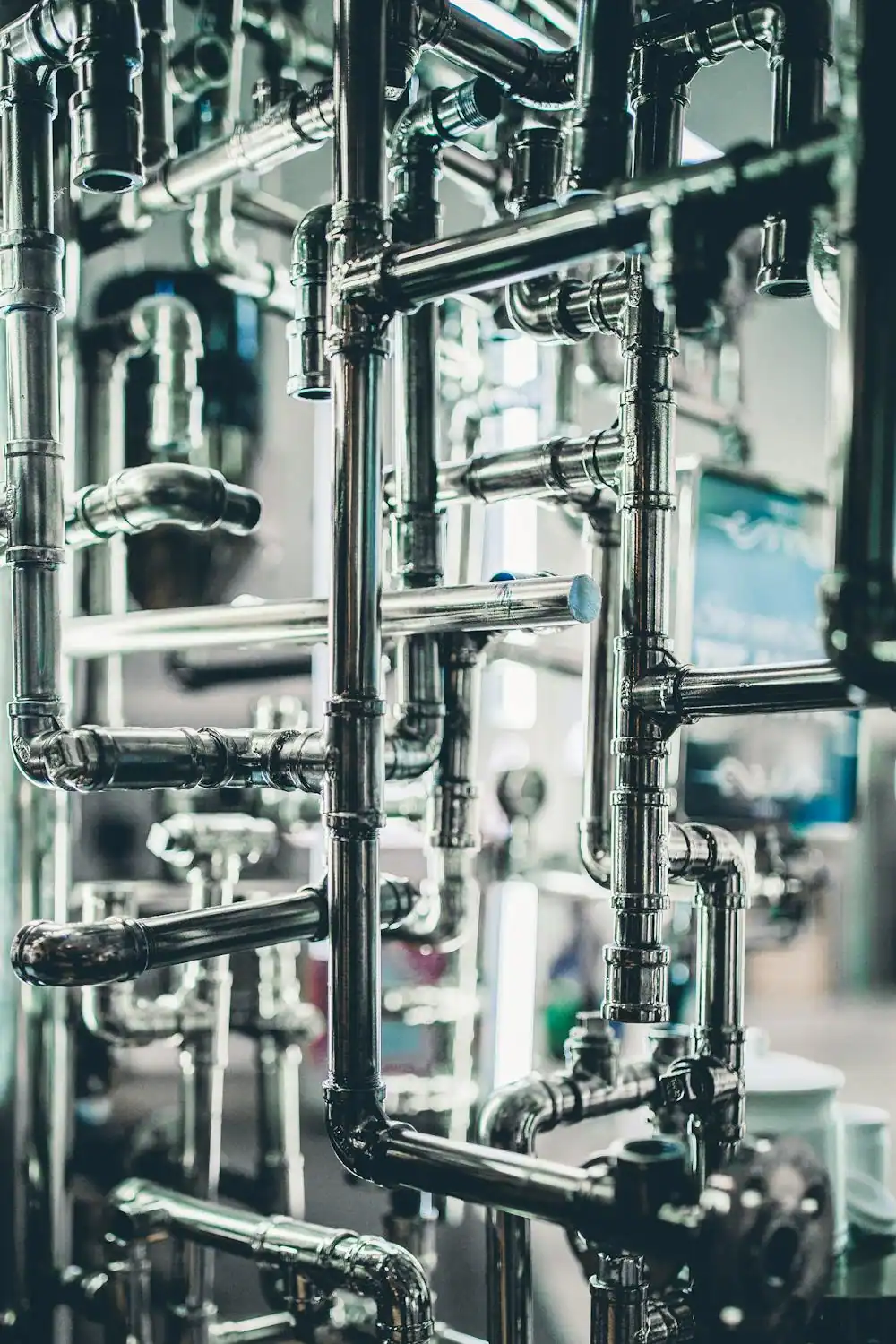Pipe taps or pipe threaders are used in the plumbing trade as well as construction industries to dig deeper into the walls and other structures to thread bars. They facilitate the machining of internal screw threads in pipes so that every connection is strong and there will not be any leakage in pipes. Nevertheless, high usage, poor handling, and negligence in the maintenance of the tools may cause the tools to wear out often, which in turn translates to more expense for the acquisition of new tools. Therefore, by adhering to the recommended care and use practices of pipe taps, you can increase the productivity of this essential commodity while reducing their expenditure.
Use the Right Tap for the Job
Choosing the right type of taps is the beginning of the way of ensuring that its service is as long as it can possibly be. There are three types of pipe taps – straight-flute, spiral-flute and interrupted-thread taps. Each type is specially designed for certain material uses and application activities. This is so because the wrong tap can cause early wear on the material being threaded, poor threading, and even lead to tool failure. Connections must be perfectly fitted on the thread or surface to avoid increasing stress and consequently causing damage to the tap.
Apply Proper Lubrication
Lubrication is necessary in this process so as to minimize the friction and heat during the threading stages. When the cutting edges rub against each other, they wear out, thereby making the edges dull to work with. Apart from raising the life span of pipe taps, it is also necessary to use high-quality cutting fluid to get clean and quality threads. Lubricants also aid in eliminating the possibility of metal shavings holding onto the metal surfaces, thus preventing congestion that may lead to jamming or damaging the tools.
Maintain Correct Speeds and Feeds
The speed and feed rate that is used while threading has a direct relationship with the life of a tap. Operating at high speeds is likewise detrimental to the lifespans of the machines because it creates heat and hence reduces their efficiency. Using huge forces on the materials may result in shipping or even breakage. The manufacturing companies can also recommend speed and feed settings depending on the material that is being worked on. These precautions help in achieving the intended usage of the tap without applying much pressure to it.
Clean and Store Taps Properly
Every time the pipe taps are used, they should be properly cleaned to eliminate scrap metal, dirt, and cutting fluids from the surface. Any leftover piece can bring in corrosion or blockage of the tap, which is unwanted in such a unit. Storage of taps in a dry and orderly manner is essential to avoid the chances of the taps coming into contact with water since this may cause rusting and wearing out. The protective cases or sleeves are very useful and provide protection where taps do not need to be touched frequently.
Avoid Over-Torquing
Tight threading is not recommended due to the high amount of pressure that can be put on a tap and subsequently damage it. Thus, one should allow the cutting as it was designed on the material instead of forcing it. This requires twisting the tap a little clockwise and then anti-clockwise to free chips and ease the threading. This keeps the life of the tap longer and achieves clean and accurate threading.
Reconditioning and Sharpening
Normally, taps that are worn out are disposed of, but if they are reconditioned or sharpened, they can be used effectively. Pipe taps can also be sharpened by professional sharpening services to almost like new condition at a much lower price than having to purchase a new one. This also helps reduce costs since a large percentage of the funds may, at times, be spent on unnecessary items that end up as waste.
Conclusion
Extending the life expectancy of pipe taps is vital in keeping up with the level of productivity and minimizing the the consumption of resources in such industries and business establishments. Adhering to choosing the right tap, applying appropriate lubrication, controlling speed, and frequently inspecting wear and tear will go a long way in increasing the economic lifespan of the tools while obtaining a perfect thread profile. Cleaning and storage, as well as the reconditioning of such tools, add to further long-term savings and are, therefore, practical value additions towards efficiency and cost-cutting measures.

Leave a Reply
You must be logged in to post a comment.